Early bird discounts offered for Sleeter’s 10th Annual Accounting Solutions Conference in Vegas
To celebrate 10th anniversary of conference, The Sleeter Group is offering discounted rates for those who register early.
To celebrate 10th anniversary of conference, The Sleeter Group is offering discounted rates for those who register early.
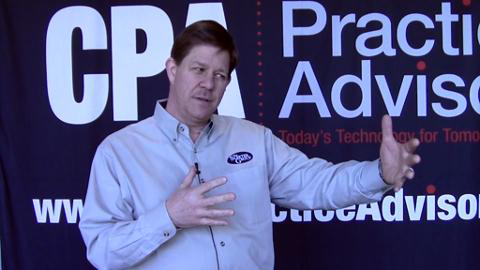
Doug Sleeter, president of The Sleeter Group, explains how the 2013 Thought Leader Symposium helped attendees synch up and better develop strategies for firms going into the future.
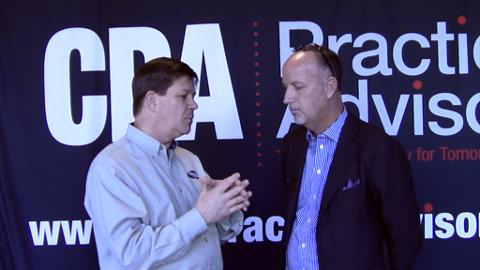
Executive Editor Darren Root, CPA.CITP and Doug Sleeter, President of The Sleeter Group, talk about The Sleeter Conference, an annual event that helps accounting firms and small businesses find the technologies and workflow systems that can help them achieve greater success.

In January 2013, The Sleeter Group conducted some research of small and medium-sized business (SMB) owners across the US. The goal of the research was to learn about what SMBs want from their outside accounting firm.
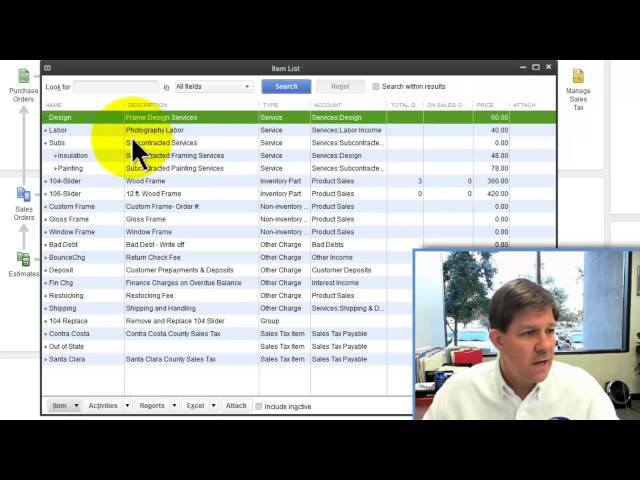
Read the blog post complete with screen shots here: http://www.sleeter.com/blog/2012/10/quickbooks-zero-dollar-checks/ The data file is downloadable http://www.sleeter.com/download/quickbooks-consultant-s-reference-guide-2012 , in 2012 format. One common challenge small businesses have when booking payroll in QuickBooks is in terms of how to job cost your employees; payroll. This video and the blog post linked above show you a really cool trick in QuickBooks that let's you book your payroll in your accustomed manner (using a journal entry to book the total Gross Wages, Payroll Liabilities, and Employer Taxes) and then using timesheets, some two sided items, a couple of clearing accounts, and a little zero dollar check trick you can get your payroll job costed quickly, easily, and fairly painlessly!
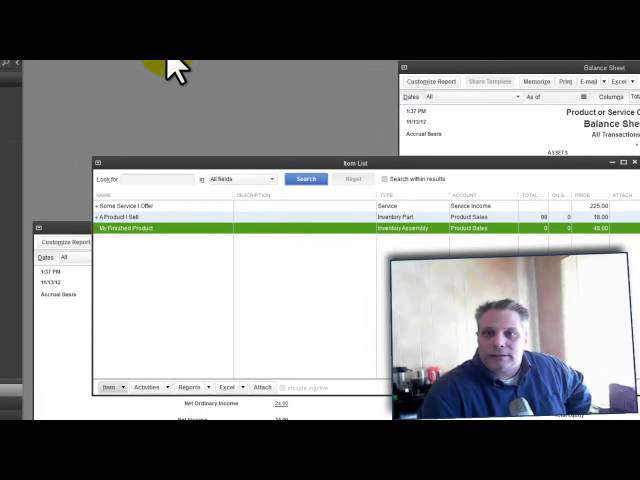
Read the blog post here: http://www.sleeter.com/blog/2012/11/why-do-accountants-and-bookkeepers-limit-themselves From The Sleeter Group. Accountants and Bookkeepers limit themselves because they are told to focus on just a few industries. This video explains and demonstrates using QuickBooks 2013 why I disagree with that statement. My hope is that by the end of this video you will see that when you understand the fundamentals it really doesn't matter what the company is selling. The Accounting and Bookkeeping is basically the same and all you are changing are the descriptions around the transactions. You still have to buy inventory at one price and sell it at a higher price, regardless of that that inventory is. Then you can pay for a service at one rate and sell it at a higher rate, regardless of what that is.
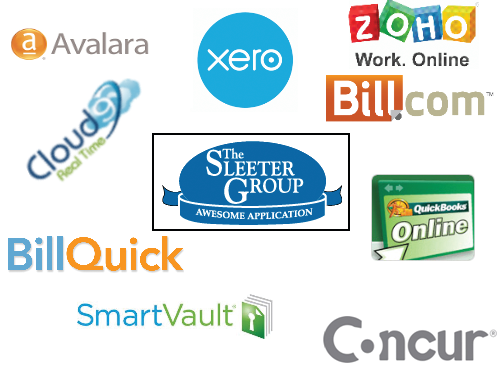
Announcing the 2013 Sleeter "Awesome Applications" Awards.
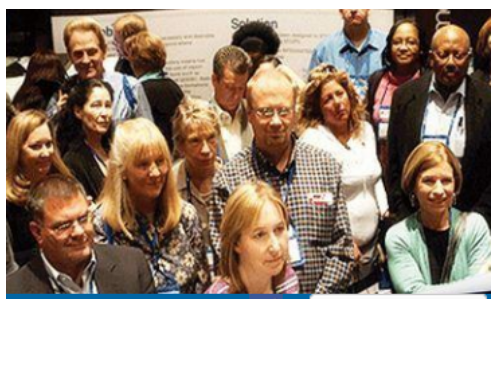
Annual Accounting Solutions Conference slated for Oct. 22-24 in Anaheim, CA.